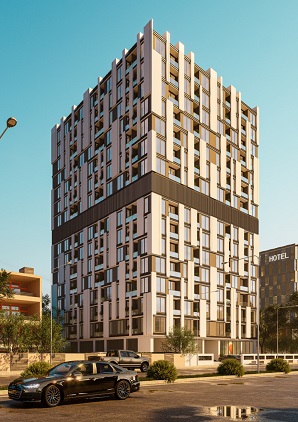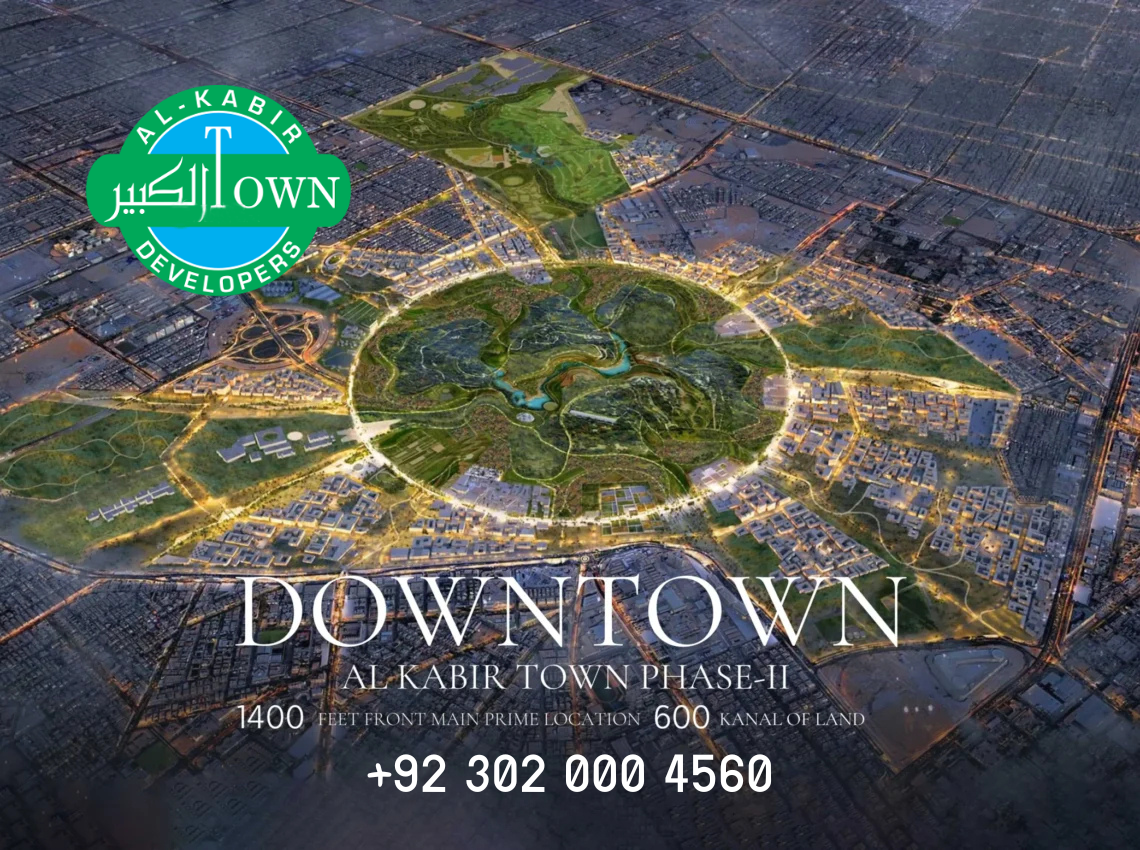Return on Investment (ROI) plays a central role in evaluating the profitability of any real estate acquisition in Dubai. Whether you’re purchasing your first investment property or diversifying an established portfolio, ROI helps measure financial performance and informs strategic decision-making.
This article provides an in-depth look at what ROI means in real estate, how it’s calculated, and which areas in Dubai offer the most attractive returns—positioning you to make smarter, data-backed investment choices.
Defining ROI in Real Estate
ROI, or Return on Investment, is a financial metric used to assess the efficiency or profitability of a real estate investment relative to the total capital deployed.
In Dubai’s real estate context, ROI typically factors in:
- Purchase price of the property
- Ongoing operational costs such as service charges, maintenance, and financing expenses
- Rental income generated (for income-producing properties)
- Capital appreciation over time
Why ROI Matters in Dubai’s Property Market
Dubai’s property market is renowned for its fast-paced development, new project launches, and investor-friendly regulations. ROI enables you to evaluate potential returns across:
- Different communities (e.g., JVC vs. Dubai Marina)
- Asset classes (apartments vs. villas)
- Investment strategies (long-term leasing vs. holiday rentals)
It serves as a valuable tool for comparing and ranking investment options—especially in a city where opportunities are abundant.
How to Calculate ROI for Real Estate Investments
The standard formula for ROI is:
ROI = (Net Income / Total Investment) x 100
Example:
If you purchase a property in Dubai Hills for AED 1,500,000 and your annual net rental income (after all deductions) is AED 120,000:
ROI = (120,000 / 1,500,000) x 100 = 8%
This means you’re earning an 8% return annually on your total investment. In the Dubai context, a net ROI between 6% and 9% is generally considered strong, especially when benchmarked against global markets.
Tip: Always use net income—after fees and costs—for a realistic assessment.
What Constitutes a Strong ROI in Dubai?
Returns vary by property type, location, and market trends, but as a general guide:
- Apartments: 5% to 8% annually
- Villas: 4.5% to 7%
- Off-Plan properties: Often 6%+ post-handover
Top Performing Areas for Rental Yield and ROI in Dubai
Dubai’s ROI leaders consistently include:
- Jumeirah Village Circle (JVC): 6.5% – 8%
- Dubai Marina: 5% – 6.5%
- Business Bay: 5% – 6%
- The Greens: 6% – 7%
- Dubai Silicon Oasis: Up to 7.5%
These areas combine attractive entry prices with strong rental demand, making them ideal for yield-focused investors.
Key Factors Influencing ROI
Several elements can impact the potential return on your investment:
- Location: Proximity to schools, transportation, retail, and business hubs
- Developer reputation: High-quality developments tend to attract better tenants and retain value
- Furnishings & finishes: Well-appointed properties often command higher rental rates
- Market dynamics: Oversupply, demand fluctuations, and future infrastructure projects can all affect rental yields and resale value
Comparing ROI on Off-Plan vs. Ready Properties
Choosing between off-plan and completed properties can significantly affect the nature and timing of your ROI.
Off-Plan Properties:
- Generally offer lower purchase prices
- Provide capital appreciation potential before completion
- Begin generating income only after handover
Ready Properties:
- Offer immediate rental income
- Carry less uncertainty around construction timelines
- Are easier to finance and resell
| Property Type | Typical ROI | Liquidity | Appreciation Potential |
| Off-Plan | 6–8% post-handover | Medium | High (subject to market) |
| Ready | 5–7% | High | Moderate |
ROI vs. Rental Yield: What’s the Difference?
Though often used interchangeably, ROI and rental yield assess different aspects:
- Rental Yield evaluates your annual rental income as a percentage of the property’s purchase price—ideal for short-term income forecasting.
- ROI encompasses both income and appreciation, measured against the total investment outlay—making it more suitable for long-term planning.
Use rental yield to evaluate annual cash flow, and ROI to assess full investment performance over time.
Avoiding Common ROI Miscalculations
Many investors inadvertently overstate their expected returns by overlooking critical details. To ensure accurate ROI calculations, avoid the following pitfalls:
✔ Relying on gross rental figures – Always deduct all running costs to arrive at net income
✔ Ignoring upfront and transaction costs – Include Dubai Land Department fees, agency commissions, and mortgage charges
✔ Overestimating rental values – Base your projections on actual market data, not speculative pricing
✔ Assuming guaranteed appreciation – Market growth varies by community and development pipeline
Free ROI Calculator Tool
To simplify your initial investment analysis, the haus & haus Rental Yield Calculator allows you to estimate returns by inputting your purchase cost, projected rental income, and operating expenses.
For a personalised investment assessment tailored to your budget, risk appetite, and preferred areas, speak to our property investment advisors. We’ll help you navigate Dubai’s dynamic market and build a portfolio that aligns with your financial goals.







